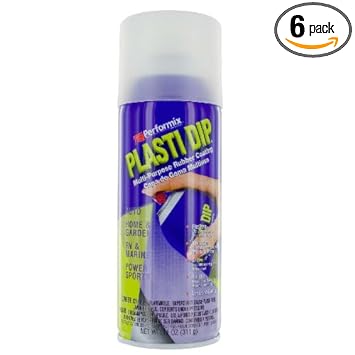So lately in these forums I've been digging around old posts and am focusing on the gruesome stories and pictures of broken glass carboys, blood, stitches and misery. I don't want to argue glass vs plastic, because there has been plenty of that already. However, I would like to look at the contributing factors outside of dropping it that create the most risk for breakage.
I've only used glass in my brewing and never had any close calls (thankfully). I'm a pretty cautious guy and take measures to insure my safety from dropping one, but I realize it is still a risk that I am willing to take. I also know there are other ways for these things to break and I am interested in these spontaneous explosion I read about and what may cause them? I understand we shouldn't expose the vessels to extreme temp changes...but what is considered extreme? Also is there any type of thickness or rating on the glass that is more durable than others that we should look for when buying? Is there a lifespan for a carboy (ie do people replace them after x number of years or uses)? Anything else? Just looking for a educated discussion.
I've only used glass in my brewing and never had any close calls (thankfully). I'm a pretty cautious guy and take measures to insure my safety from dropping one, but I realize it is still a risk that I am willing to take. I also know there are other ways for these things to break and I am interested in these spontaneous explosion I read about and what may cause them? I understand we shouldn't expose the vessels to extreme temp changes...but what is considered extreme? Also is there any type of thickness or rating on the glass that is more durable than others that we should look for when buying? Is there a lifespan for a carboy (ie do people replace them after x number of years or uses)? Anything else? Just looking for a educated discussion.




